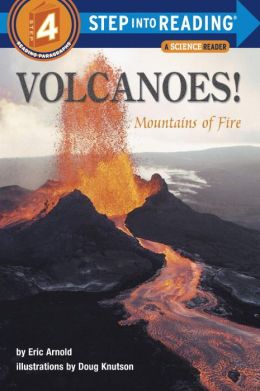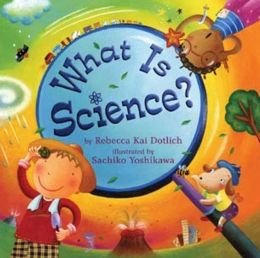Gardening! Investigation Box
In classrooms, we can use investigation boxes to create a more hands on learning experience for certain topics. These boxes can be used in anyway to further a child's understanding of a concept. Gardening is just one concept that could be introduced to a group of students by using an investigation box.
The objects included in the box would include; shovel, popsicle sticks, gloves, seeds, bulbs, pots, soil, and a water can. All these objects are things students may see at home or even on television, around the school or other places they may visit. But as teachers we need to provide deeper learning expereiences for our students.
Activity:
Children will be responsible for growing a plant. During this process children will discuss and observe different stages of the plant's life. On a recording sheet, students will provide documentation of the amount of sunlight plant received, how much it was watered and the height of their plant. They will identify they different parts of the plants such as the stem, leaves and peddles. Through this activity students will gain a better understanding of the plant life cycle while also learning new vocabulary terms.
Allow children to reference charts below to help them identify different parts of their plants growth and parts of their plants.
Children will be responsible for growing a plant. During this process children will discuss and observe different stages of the plant's life. On a recording sheet, students will provide documentation of the amount of sunlight plant received, how much it was watered and the height of their plant. They will identify they different parts of the plants such as the stem, leaves and peddles. Through this activity students will gain a better understanding of the plant life cycle while also learning new vocabulary terms.
Allow children to reference charts below to help them identify different parts of their plants growth and parts of their plants.
| 2-LS2-1. | Plan and conduct an investigation to determine if plants need sunlight and water to grow. |
|---|
What other ways could we explore using our investigation box:
How seeds and bulbs differ,
Different seasons that you would plant seeds,
The amount of water and sunlight needed for those seeds to grow and be healthy.
Why we wear gloves,
What plants may be harmful to us,
What animals or insects may linger in our gardens.





















